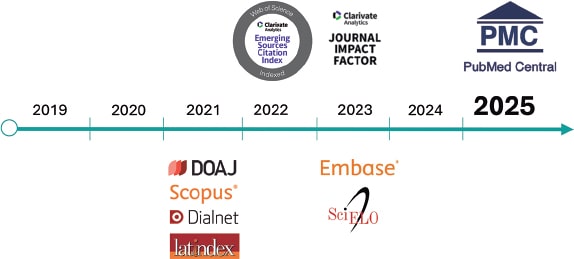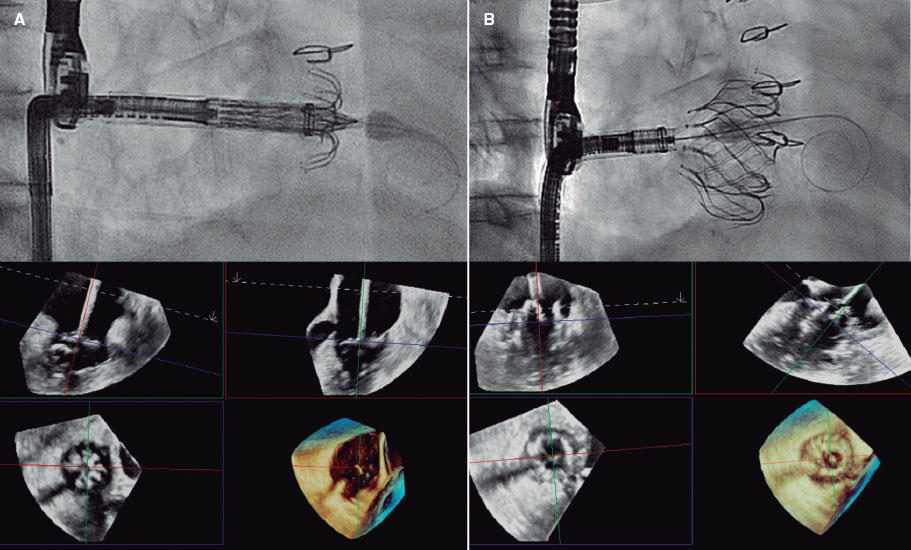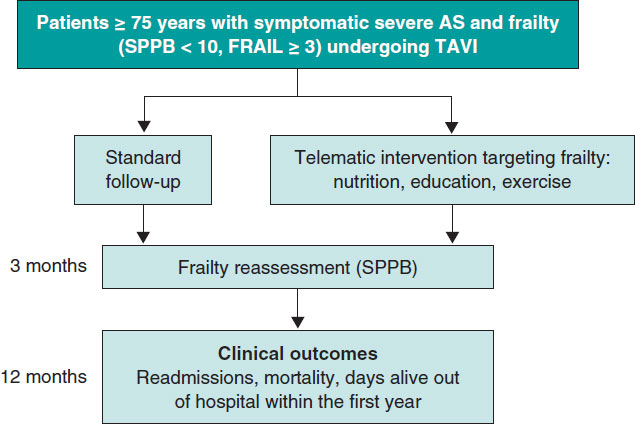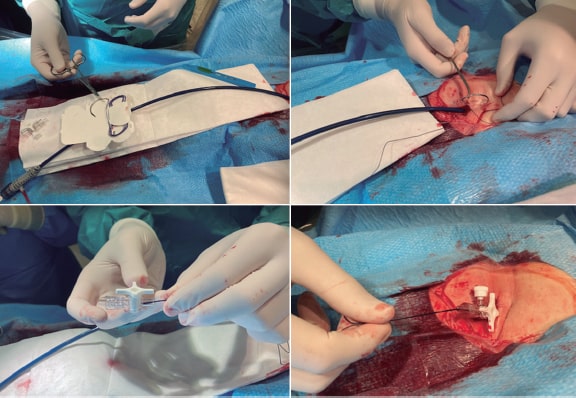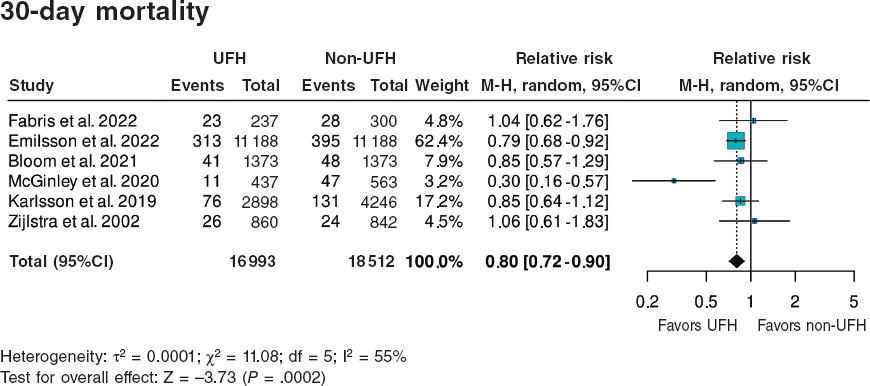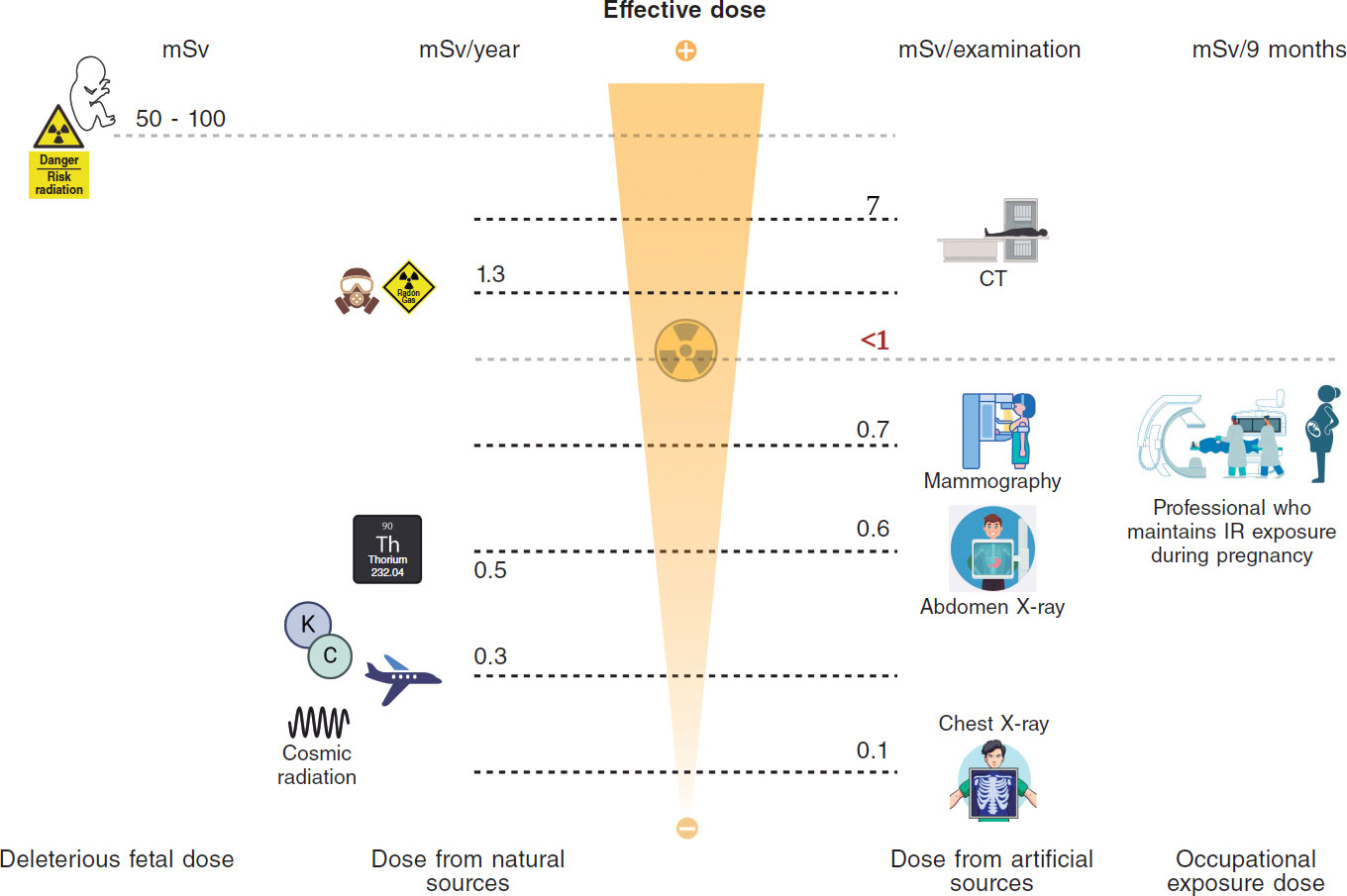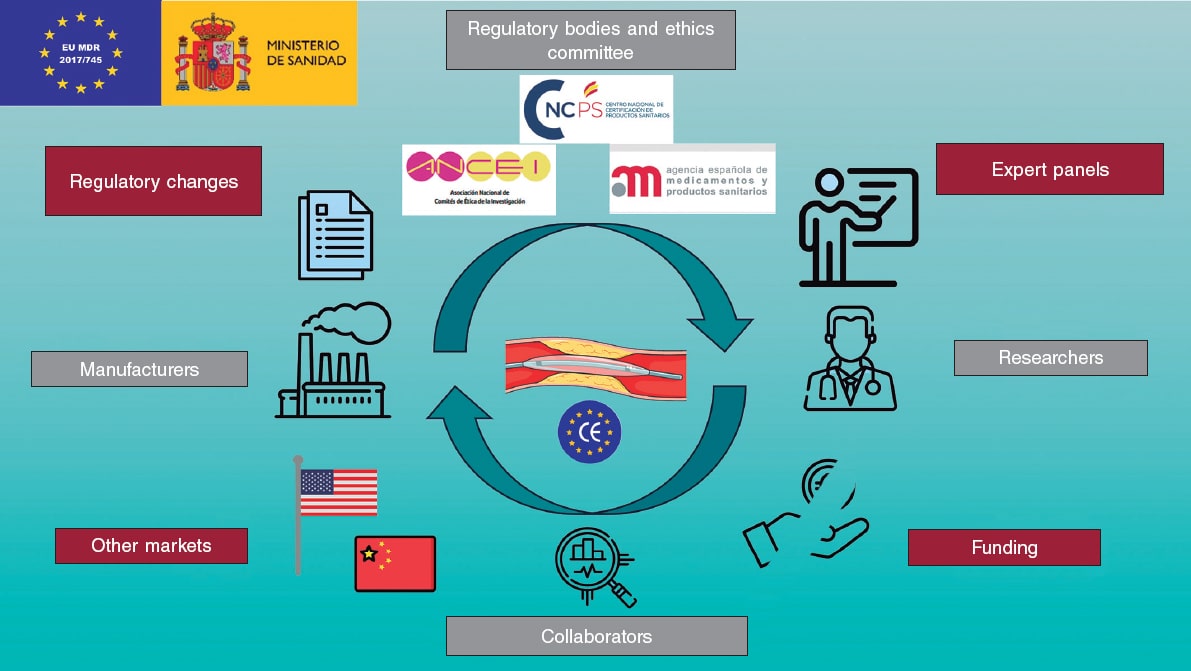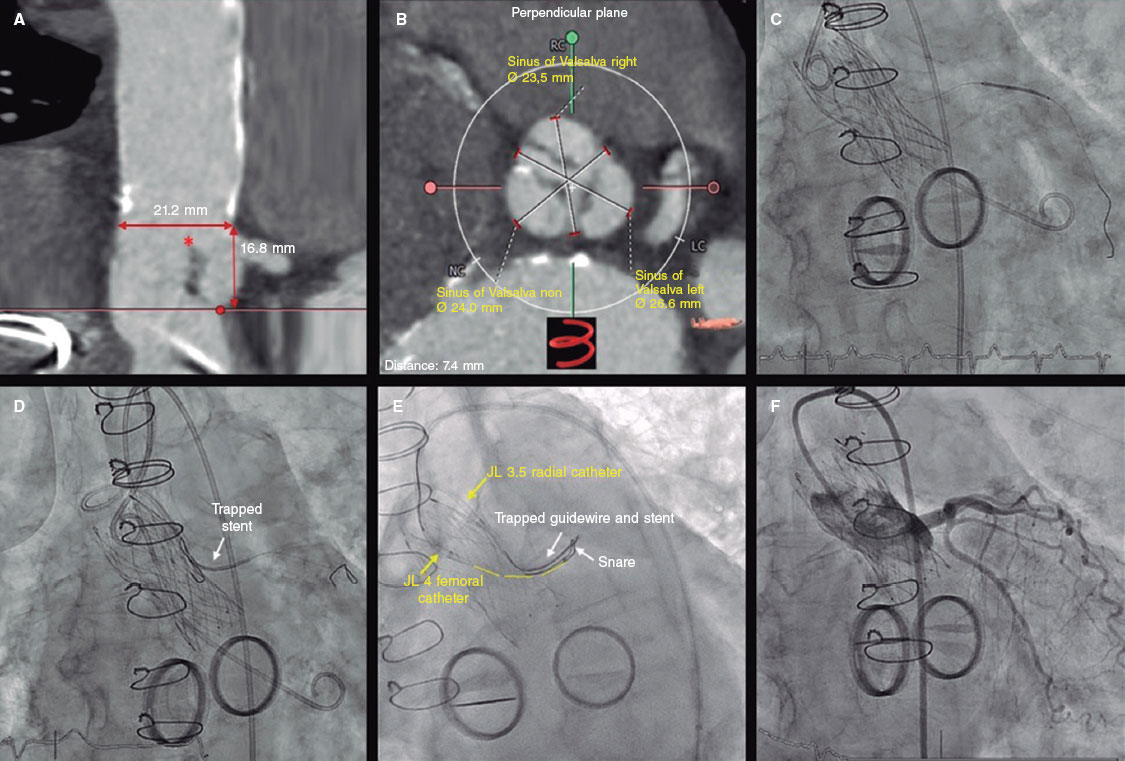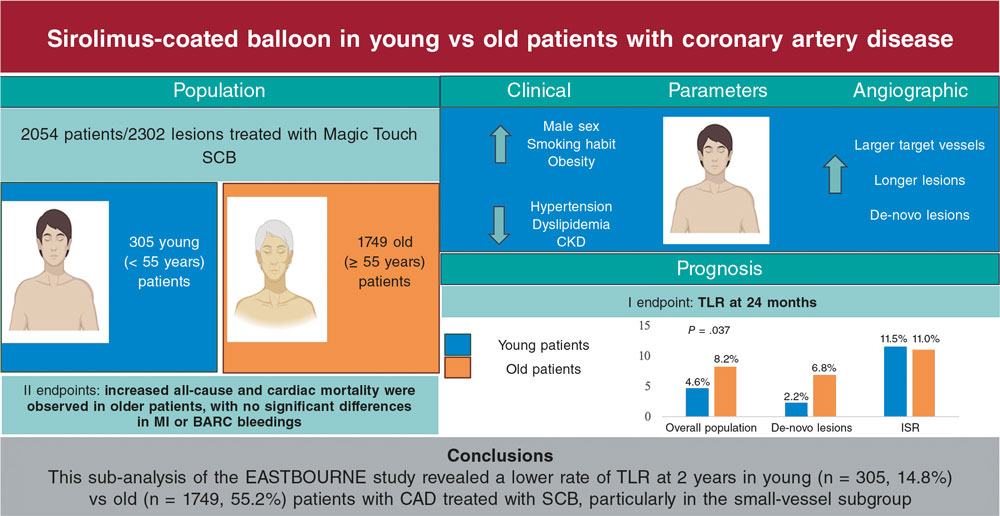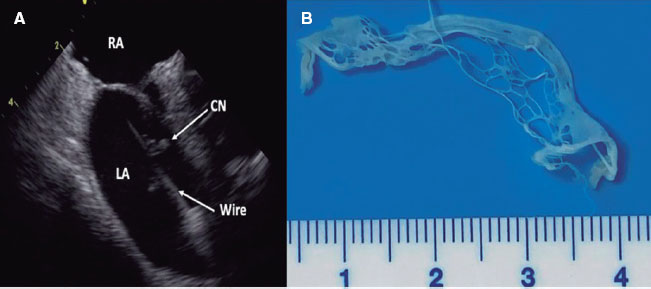To the Editor,
Transcatheter radial access is the usual approach to perform a coronary angiography. The advantages of this access come with certain inherent limitations like radial spasm, endothelial dysfunction associated with the insertion of the introducer sheath, nonocclusive radial artery injuries, and postoperative artery occlusions.1 Ischemic preconditioning (IPC) is an experimental phenomenon with confirmed protective effects by applying ischemia-reperfusion cycles to different target organs even at a distance.2 We suggest that IPC may be relevant to prevent radial spasm, nonocclusive radial artery injuries, and arterial occlusion post-catheterization.
This is a small pilot study of patients scheduled for diagnostic or therapeutic coronary angiography. After the radial artery catheterization we performed:
- An optical coherence tomography (OCT) of the radial artery after the administration of an anti-spasmolytic cocktail.
- An IPC protocol or sham procedure through randomization.
- An OCT of the radial artery after the protocol.
- An OCT after the procedure was completed.
The PAI protocol consists of inflating the blood pressure cuff to 200 mmHg 3 times for 5 min with 5 min of rest between each ischemic cycle. The sham protocol is the same but here the cuff is inflated up to 10 mmHg only.
The OCT (LightLab Imaging Inc, Abbott Vascular, United States) was performed by 2 independent observers and included qualitative (the presence of nonocclusive radial artery injuries [intimal and intima-media dissections, white or red thrombus, and atherosclerotic plaques]) and quantitative analyses (volumetric analysis that measured the lumen contour frame by frame). A total arterial volume was generated for each of the 3 sequences with the same number of frames that were consistent with the same anatomical sections. The volume difference after the protocol was estimated relative to the baseline volume, and the minimum diameter, minimum lumen area, and percent maximum stenosis were determined for each sequence. In radial spasm by OCT the percent variation of the area using the proximal and distal areas as the reference (baseline, postoperative, and final) was analyzed frame by frame. Radial spasm was defined as a sudden decrease of the vessel area (> 50%) compared to the reference areas associated with greater media thickness (> 20% of baseline value). The study of atherosclerosis was conducted on the baseline OCT sequence and included 11 measurements every 5 mm. The intimal area, media area, and the corresponding maximum intima-media thickness were measured. In addition, the intimal thickness, intima-media ratio, and lumen stenosis were estimated as well.3
After being approved by the ethics committee, 30 patients were randomized on a 1:1 ratio to IPC or the sham procedure. Both the baseline characteristics and the procedural outcomes are shown on table 1. The analysis found a significant increase of the mean postoperative values of arterial volume compared to the baseline sequence. However, no differences were reported between the IPC and the sham group (total arterial volume P = .176; total arterial volume adjusted for body surface area P = .199). (figure 1) The presence of spasm after the intervention or at the end of the procedure was greater in the sham compared to the IPC group (40% [6] vs 6.7% [1]; P = .08) yet not statistically significant. None of the patients had clinical spasm. No differences were seen in the onset of nonocclusive radial artery injuries (IPC, 20% [3]; sham procedure, 20% [3]). No artery occlusions were seen at 30 days.
Table 1. Baseline characteristics and procedural outcomes
| N | Mean | SD | P | ||
|---|---|---|---|---|---|
| Age (years) | IPC | 15 | 62.40 | 15.57 | .624 |
| Sham | 15 | 62.93 | 9.15 | ||
| BSA (m2) | IPC | 15 | 2.03 | 0.30 | .713 |
| Sham | 15 | 1.98 | 0.20 | ||
| SAP (mmHg) | IPC | 15 | 136.93 | 18.70 | .486 |
| Sham | 15 | 130.80 | 18.54 | ||
| DAP (mmHg) | IPC | 15 | 73.13 | 10.98 | .902 |
| Sham | 15 | 72.47 | 14.05 | ||
| Baseline total volume (mL) | IPC | 15 | 285.53 | 97.88 | .106 |
| Sham | 15 | 234.60 | 90.07 | ||
| Post total volume (mL) | IPC | 15 | 321.66 | 116.44 | .512 |
| Sham | 15 | 268.87 | 110.46 | ||
| Baseline BSA total volume (mL/m2) | IPC | 15 | 140.56 | 44.37 | .161 |
| Sham | 15 | 118.30 | 42.32 | ||
| Post BSA total volume (mL/m2) | IPC | 15 | 158.68 | 53.29 | .187 |
| Sham | 15 | 135.32 | 53.35 | ||
| Intima-media thickness | IPC | 15 | 0.77 | 0.30 | .683 |
| Sham | 15 | 0.75 | 0.42 | ||
| Intima-media ratio | IPC | 15 | 1.47 | 0.68 | .436 |
| Sham | 15 | 1.22 | 0.42 | ||
| Baseline stenosis (%) | IPC | 15 | 18.60 | 9.78 | .595 |
| Sham | 15 | 19.49 | 10.45 | ||
| Post stenosis (%) | IPC | 15 | 12.23 | 7.81 | .713 |
| Sham | 15 | 15.09 | 12.93 | ||
| Baseline minimum lumen area (mm2) | IPC | 15 | 4.28 | 1.77 | .567 |
| Sham | 15 | 4.09 | 1.79 | ||
| Baseline minimum diameter (mm) | IPC | 15 | 2.28 | 0.50 | .539 |
| Sham | 15 | 2.23 | 0.47 | ||
| Post minimum lumen area (mm2) | IPC | 15 | 5.86 | 2.28 | .367 |
| Sham | 15 | 5.21 | 2.49 | ||
| Post minimum diameter (mm) | IPC | 15 | 2.68 | 0.53 | .389 |
| Sham | 15 | 2.51 | 0.59 | ||
|
BSA, body surface area; DAP, diastolic arterial pressure; IPC, ischemic preconditioning; post, postoperative; SAP, systolic arterial pressure; SD, standard deviation. |
|||||
Figure 1. Total arterial volume variation between baseline (pre) and postoperative (post) sequences. There is an increased volume in both the sham and ischemic preconditioning (IPC) groups without statistically significant differences between the 2.
IPC had no effect on volume, the appearance of nonocclusive radial artery injuries or radial artery occlusion. However, a tendency was seen towards fewer radial spasms on the OCT.
This study greatest limitation was its small sample size, which could lead to low statistical power, and failure to detect significant differences when they actually exist.
Despite being a widely studied phenomenon in the cath lab, IPC has shown modest results in large-scale trials.4 A better understanding of the underlying mechanisms is deemed necessary to overcome the confounding and interaction factors, but also caution is advised, given its poor results in the real-world.
FUNDING
None whatsoever.
AUTHORS’ CONTRIBUTIONS
E. Arroyo-Úcar drafted the manuscript. E. Arroyo-Úcar, G. Pizarro Sánchez, and B. Ibáñez Cabeza participated in the process of data mining and clinical follow-up of the patients. E. Arroyo-Úcar, G. Pizarro Sánchez, and B. Ibáñez Cabeza were involved in the recruitment of the patients and the manuscript critical review. All the authors approved the final version of the manuscript.
CONFLICTS OF INTEREST
None whatsoever.
REFERENCES
1. Mamas MA, Fraser DG, Ratib K, et al. Minimising radial injury: prevention is better than cure. EuroIntervention. 2014;10:824-832.
2. Hausenloy DJ, Kharbanda RK, Møller UK, et al. Effect of remote ischaemic conditioning on clinical outcomes in patients with acute myocardial infarc tion (CONDI-2/ERIC-PPCI): a single-blind randomised controlled trial. Lancet . 2019;394(10207):1415-1424.
3. Kume T, Akasaka T, Kawamoto T, et al. Assessment of coronary intima-media thickness by optical coherence tomography: comparison with intravascular ultrasound. Circ J . 2005;69:903-907.
4. Murry CE, Jennings RB, Reimer KA. Preconditioning with ischemia: A delay of lethal cell injury in ischemic myocardium. Circulation . 1986;74: 1124-1136.



